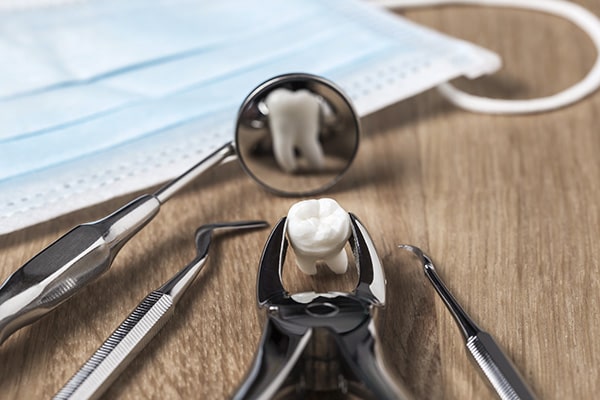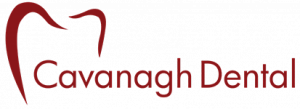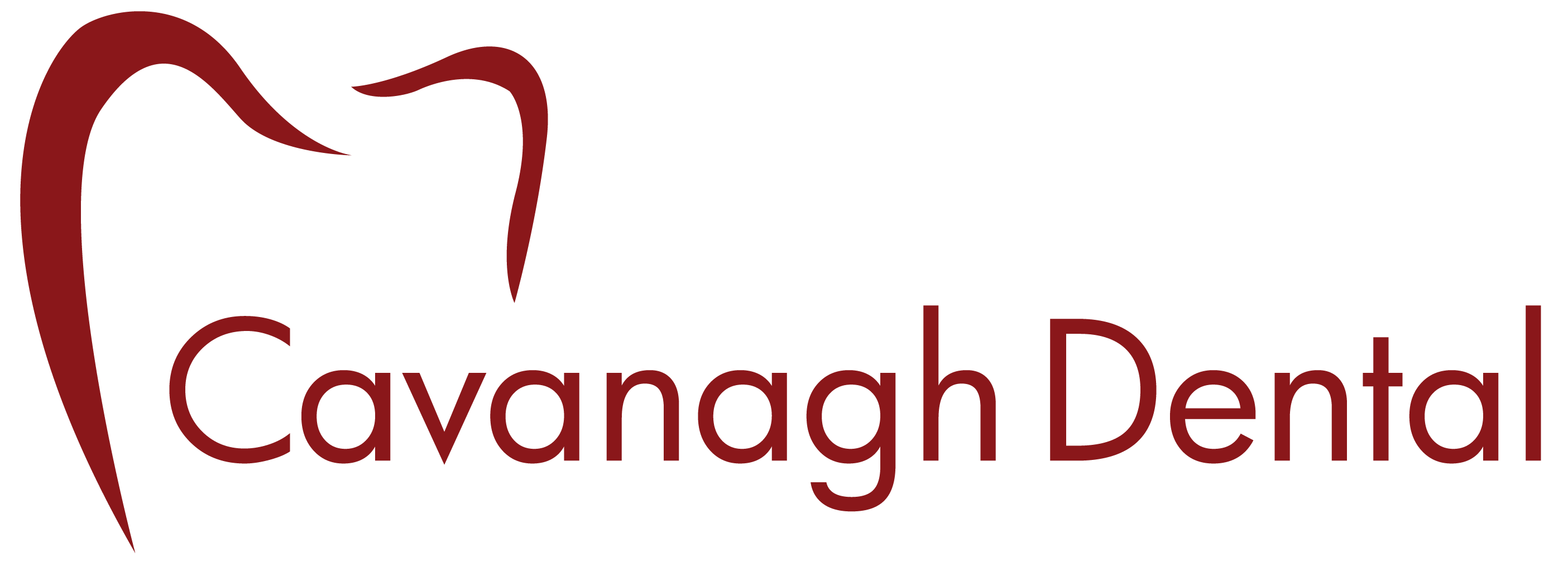Our Services
Wisdom Tooth Extraction
Your Wisdom Teeth
Wisdom teeth are known for their large tooth and root size which can cause problems when they try to enter the mouth. They first make themselves known in the teens to early twenties, usually by the discomfort they are causing.
If your digital X-rays are up to date, your dentist has likely mentioned that the wisdom teeth have started moving into position. This way, you’re not panicking when you first feel the twangs of discomfort as these monster teeth vie for space.

Signs of Wisdom Teeth
If you haven’t seen your dentist recently, the first signs of your wisdom teeth may be pain and swelling in the back of the mouth. Brushing your teeth may irritate the area and cause more discomfort which can be treated with an over-the-counter anti-inflammatory medication like Advil. Your wisdom teeth will not appear for some time after you first become aware of them since their movement through the bone and gum tissue must be incremental.
Your wisdom teeth do not always fully emerge from the jaw in an ideal manner and often get stuck in the tissues or blocked by the roots of other teeth. Teeth that get stuck are referred to as being impacted, and impacted teeth can be stuck anywhere along their trajectory. This means that it can become blocked in the bone tissue or in the gum tissue. Teeth that are blocked in this way are at risk of damaging the bone and root matter of neighbouring teeth, so they are typically removed.
Sometimes a wisdom tooth can begin to poke through the gums but never fully emerge. In this case, the tooth remains covered by gum tissue like a flap. This flap collects food and bacteria and will result in ongoing battles with infection if not removed.
If your wisdom teeth are partially emerged, you may experience pain and swelling at the back of the mouth with a bad taste that emanates from the tooth continuously despite brushing or rinsing. In the morning it may be painful to open the jaw and brush your teeth due to swelling, and this should be taken as a sign that you have an infection and need to see your dentist.
Even when wisdom teeth aren’t actively causing damage in the mouth, dentists often recommend their removal. Wisdom teeth are so far in the back of the mouth that even a toothbrush struggles to reach. Over time, they are prone to cavities and dentigerous cysts that begin near the tips of their roots.
Wisdom teeth root systems extend upward very near to the sinus cavity, and deep into the mandible where it can interfere with the primary nerve. Because of this, your dentist takes time to assess the placement of the nerve and its proximity to the root. Similar checks are done to ensure the safe removal of the tooth near the sinus. In cases where roots are wrapping around the nerve, or too close to the sinus, your dentist may refer you to a specialist for the extraction.
In almost all cases your wisdom teeth can be removed by your dentist right in the clinic. Wisdom tooth extractions sometimes require incisions in the gum tissue if teeth are impacted. Your dentist will close this incision with self-dissolving stitches to promote healing if they are required.
Family Focused
Kid Friendly
Direct Billing
Recovery
Once your wisdom teeth have been removed, your dentist will provide you with pain medications to keep you comfortable in the first days following extraction. These medications must only be taken as prescribed, and patients should avoid waiting until the pain is severe to take pain medication. Pain medication is more effective when taken regularly, since inflammation is better managed.
If your dentist gave you an oral sedative in preparation for your procedure, you can expect to feel drowsy for the remainder of the day. Do not drive, operate machinery or make financial decisions until the next day when the effects of the sedative have fully worn off.
Cold compresses on your cheek will help with inflammation and discomfort, so take the time to prepare several of them prior to your procedure so that they are ready if you need them. Compresses should be used for ten minutes at a time and your cheek should return to body temperature before another compress is placed.
In the days following your extraction we recommend cold juice, jello, pudding and other soft foods. Slurpees are a favourite treat to cool and soothe the mouth – but it’s important to eat all these things with a spoon and never take them with a straw. Even gentle sucking motions like smoking could remove the blood clot from the socket. The clots that form are there to protect your nerve from being exposed and helps move your healing along. If you suspect that you have lost this protective clot, you’ll need to see your dentist as soon as possible.
For questions about this or other services offered by our general dentist, contact our clinic today.



